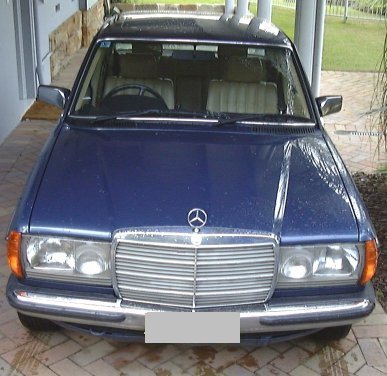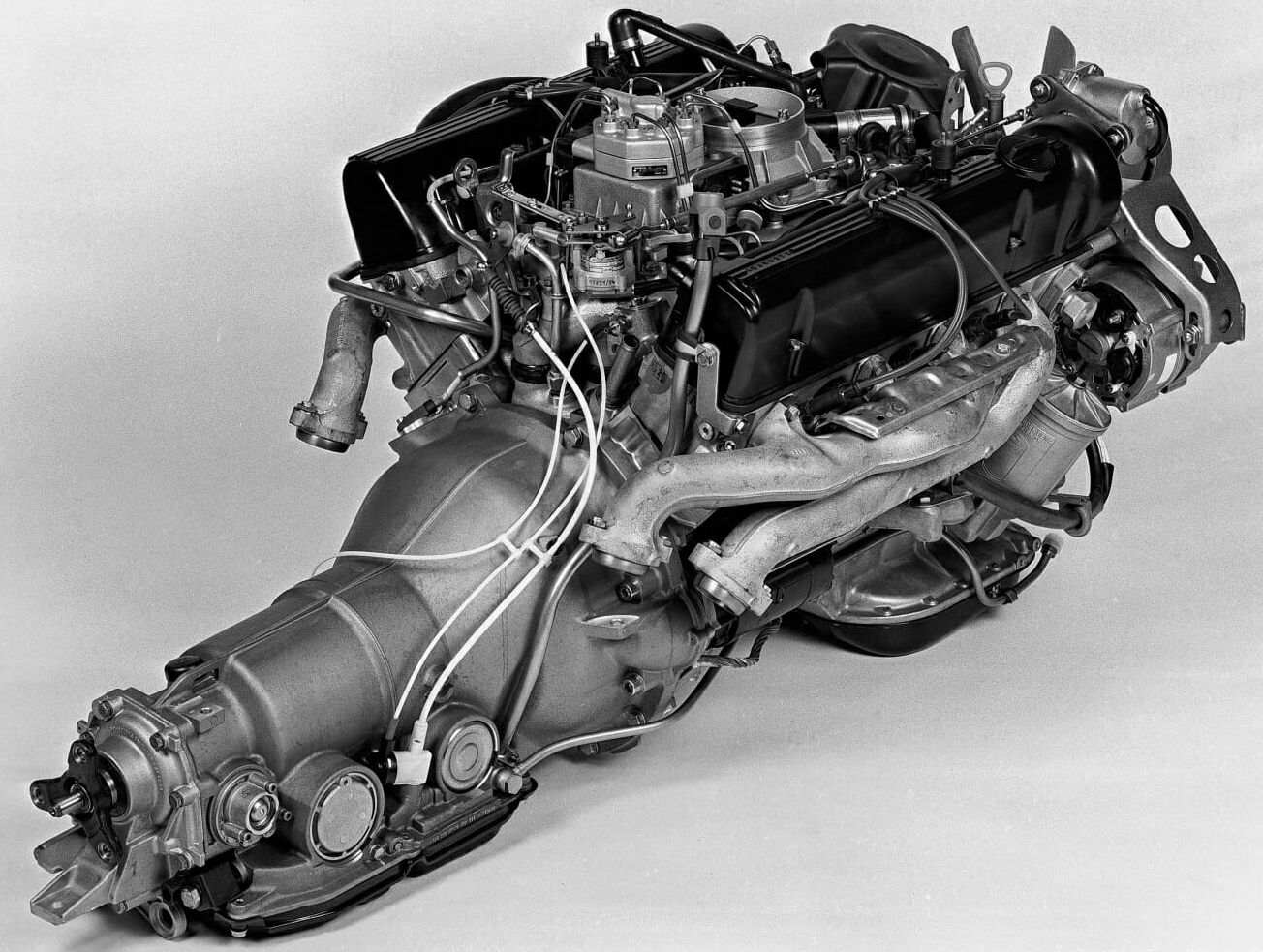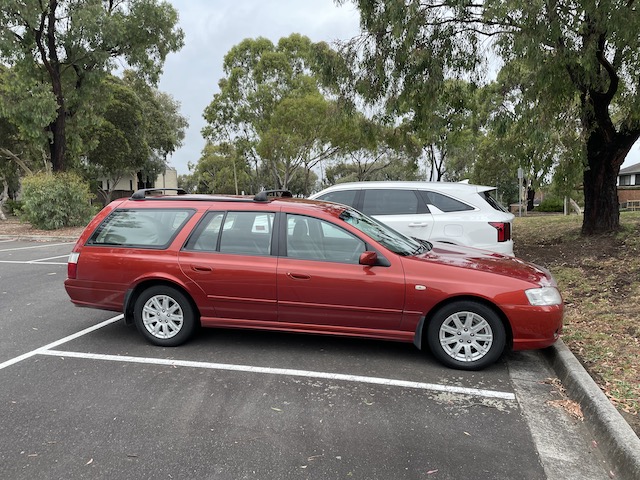Citroen Light 15 Road Test By Stuart Griffith B.E.
October 18, 1953
The Citroen is as stable as it appears possible to make a car under our present design technique. Un-doubtedly the out-standing characteristic of the car is the way it holds on to the road surface, particularly on corners and bends. Although the Citroen was designed in France about 19 years ago, it has persisted essentially in its original form, with the development of features from time to time to keep it up-to-date.
The latest alteration, the tradition of considerable boot space under a “blister” on the tail, will be welcomed by all. The riding comfort of this front-wheel-drive car is exceptionally good. It shows to great advantage on really rough and stony roads.
Less desirable features are a three-speed gearbox, with a considerable difference between available speeds in top and second gears. The gearshift is on the fascia board, and the synchromesh is not quite up to quick changes.
 Hill Climbing
Hill Climbing
This model climbs well in top gear, and on the Boddington Hill ascent speed in top fell from 50 to 38 m.p.h. In second gear the car will climb anything, and climb it fast. Speed in that gear was remarkably steady on the winding Lett River Hill, at 40-48-40-50 m.p.h. The high-speed which it was possible to hold around the bad corners on this hill was a major factor in this fast and consistent climb. Up to Mount Panorama, through the Cutting, speeds in second were 49-40-33-44 m.p.h.
The ascent of the Victoria Pass was made in second gear to ascertain the car’s fast climbing ability and endurance in that gear. Speeds were very steady and satisfying at 45-40-40-36-50-45-50 m.p.h. The ascent of the western side of Mount Tomah was made easily in top gear at 55-30-35 m.p.h. The climb up to Kurrajong Heights from the west was made at a steady 50 m.p.h. in top gear.
The power:weight ratio of the Citroen is good at 50.5 b.h.p. per unladen ton, and it can support an overall gearing yielding 17.4 m.p.h. at 1.000 r.p.m. in top gear.
Cruising Speeds
The Citroen cruises very comfortably, and most safely, between 60 and 70 m.p.h. Owing to its roadholding and riding qualities, the nature and surface of the road have less effect on the cruising speed selected than have the wishes of the driver. The average speed over the route was 45.8 m.p.h. This was comfortably achieved, in spite of strong westerly winds. The fastest section was Mt. Victoria Richmond at 50.1 m.p.h. The car can be cruised at 25 m.p.h. without loss of response in top gear.
Acceleration
Times for acceleration from 20 to 40 m.p.h. are: Top 10.9 secs., second gear 6.8 secs. There is sufficient pick-up for prompt overtaking from 25 m.p.h. in top gear, and from 15 m.p.h. in second gear.
Cornering
I can only describe the car’s cornering ability as outstandingly good. To get the best results the car is, of course, driven through the corners with some throttle to cause the traction of the front wheels to keep the rear wheels following without slide. When so driven, it takes considerable strength to pull the car into a corner sufficiently tightly to slide the tail. However, corners can be taken without throttle at least as fast as with most rear-drive cars. Body roll is kept well under control, and tyre squeal is less than average.
Riding
The front (driven) wheels are independently suspended by torsion bars. The simple beam rear axle is suspended on trailing arms mounted on torsion bars. Telescopic shock absorbers on each wheel are inwardly inclined to resist rolling stresses. Large section tyres of approximately 6.15 x 16 in. operate at the low pressure of 22 lb, and their supple softness absorbs a great deal of roughness in the road surface. The suspension is really good, and is remarkable in dealing equally well with potholes, corrugations, or stony dirt roads. Even low-speed running at 20 m.p.h. over corrugations caused no real tremble in the lightly loaded car. On several occasions over shallow gutters the rear suspension bottomed. However, no pitch was in evidence, and rear-seat comfort is the equal of the front compartment.
Steering
The rack-and-pinion steering has the positive feel usual in such an arrangement, but it is somewhat heavy at low speeds. It is quick, requiring only 2 1/2 turns from lock to lock, allowing bad bumps to be avoided at speed, and the accurate placement of the car on the road. The turning circle, on account of the front drive and long wheelbase, is large at 43 feet. Consequently, maneuvering and parking are not as easy as with most cars of this size.
Braking
Lockheed hydraulic brakes are fitted, and their response is excellent, even with light pedal pressures. The car can be brought to an emergency stop from 30 m.p.h. in 34 feet with the moderate pedal pressure of 100 lb There was no sign of brake fade down the long descent from Kurrajong Heights, without engine braking. The handbrake stopped the car down Victoria Pass.
Structural
Bore and stroke of the four-cylinder engine are 78 x 100 mm, and with a moderate compression ratio of 6.25:1 thc specific power output is low at 29.4 b.h.p. per litre. The overhead valves are operated by push-rods, and detachable wet cylinder liners are used. The Solex downdraft carburettor is fed through an oil-bath air cleaner, but no external oil filter is fitted. The diffcrential-plus-gear box unit is ahead of the engine. Gear ratios are: Top 4.3 and second gear 7.3 to 1 Integral construction of body and outrigger “chassis” units is employed, and results in a very stiff structure apparently free from rattles over long periods.
The bench seats are 43 and 48 inches wide, and are upholstered in coloured leather. The floor is flat in back and front compartments, and is below the side rails of the body. Legroom is sufficient, and headroom is ample. The screen is hinged for ventilation, and window area is ample for good vision in all directions. The instruments, in the walnut fascia, are before the driver and comprise speedometer, clock, ammeter, fuel gauge and oil warning light. A manual over-ride for the control of ignition is useful on the open road. The fascia also carries a glove box. A simple and very effective standard heater comprises a duct directing hot air from the radiator into the front compartment. The boot has been increased to 11 1/2 cubic feet capacity by a “blister” lid which opens upwardly.
Great Adhesion
Summarising, I am of the opinion that the Citroen is a car which is particularly pleasant to drive. The faster it is driven the more it shows its qualities of exceptional road adhesion, and stability on corners. It is a most comfortable car. Tile suspension system is above average, and the low inter-axial seating positions are excellent on a long trip.
The car showed commendable petrol economy even at fast touring speeds. Being of rugged mono construction and having a strong suspension, the Citroen is as much at home on rough country roads as on city pavements.
The car tested was made available by Buckle Motors (Trading Co.) Pty. Ltd.. the distributors.
About this car
Price: Imported Saloon, £1,360 (incl. tax).
Size: Four-five seater, good boot. Wheelbase, 9ft 6in; track 4ft 6in; overall length, 14ft 7 in; unladen weight, 22cwt; clearance, 7 in; tyres, 165 x 400 mm broadbase; tankage, ll gals.
Engine and Chassis: Four-cylinder, overhead-valve engine of 1.9 liters capacity. Power output, 55.7 brake h.p. (R.A.C. rating is 15 hp) three-speed gearbox. Unitary body and “chassis.”
Fuel Consumption and Average Speed on Test: 29.4 miles per gallon at average speed of 45.8 m.p.h. over mountain route. Fuel range, 324 miles.
Maximum Speeds: Top 77 m.p.h., second gear 52 m.p.h.
Test Route
The mountainous route of 285 miles, Sydney-Mount Victoria-Bathurst-Bell-Kurajong-Richmond-Sydney.
It includes twice climbing to 3,800ft, exceedingly winding roads, strenuous test hills, a little flat country, and road surfaces of various types
This Citroen Light 15 road test was First Published in the Sun-Herald (Sydney), October 18, 1953


























































Bonjour Monsieur Stuart.
Merci pour toutes ces informations.
Je viens d’acheter une traction 15 Light de 1953 couleur rouge.
Et nous venons passer 11 jours en Angleterre au mois de juin.
Bien cordialement.
Jean Paul